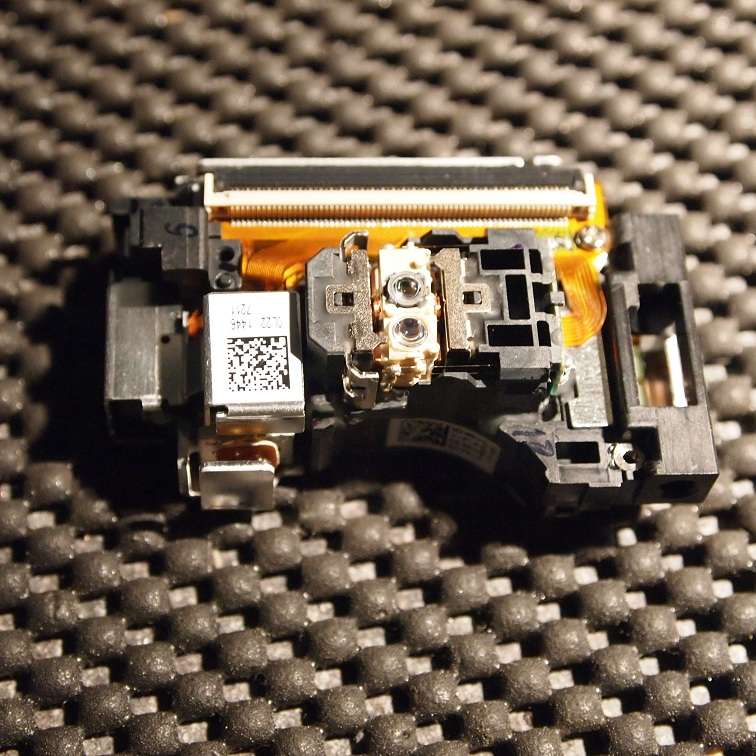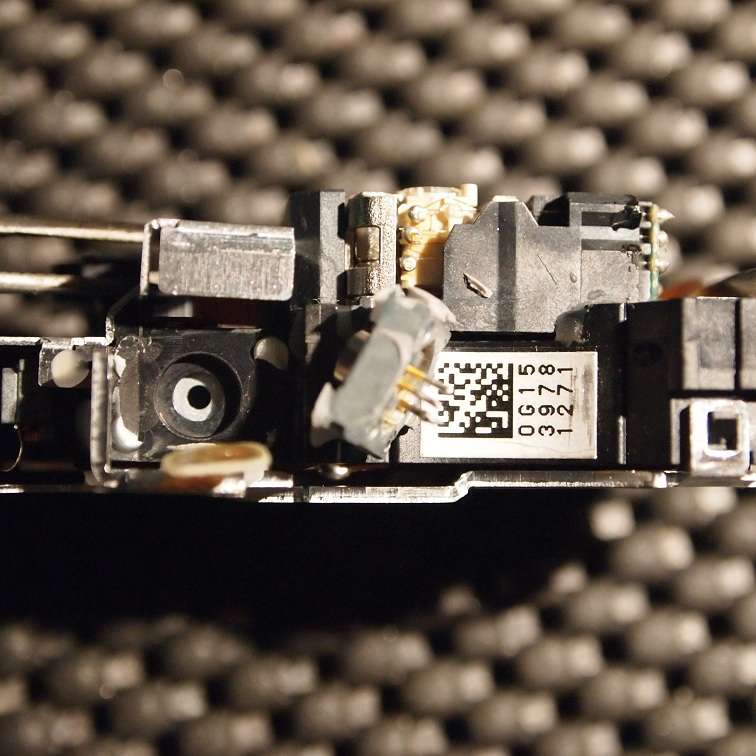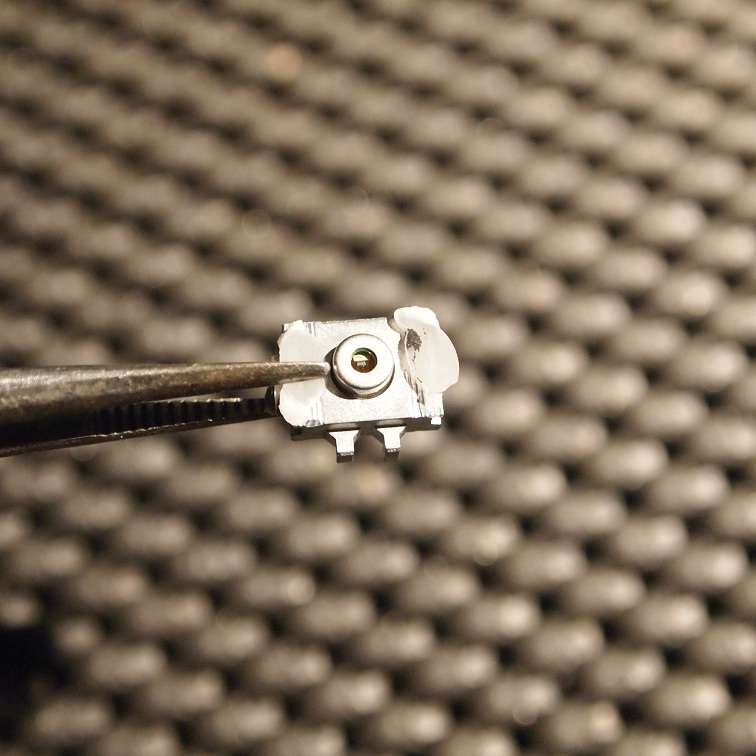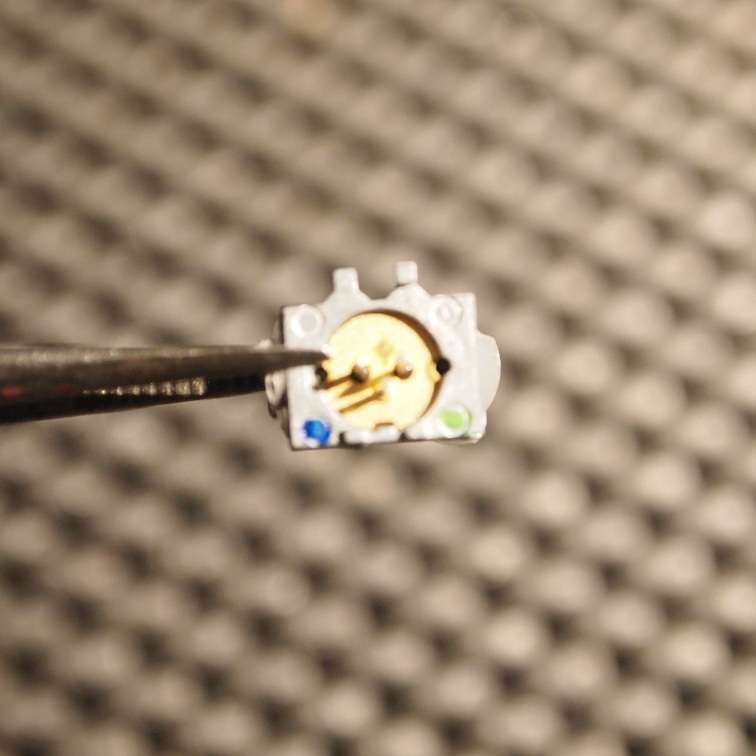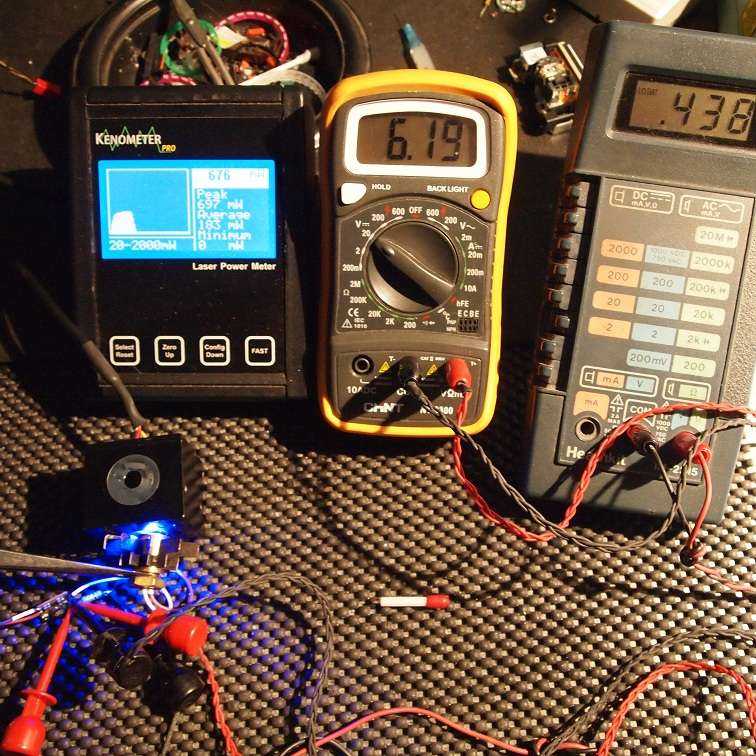gillza
0
- Joined
- Jul 26, 2010
- Messages
- 583
- Points
- 28
Are you kidding if you keep saying things that are not true people will stop listening to you, I have driven many 405 laser diodes with a V5 driver, where do you get your info :thinking:
when you say high power 405 you are talking about a 12x correct ?
Not true?
http://laserpointerforums.com/f38/new-kid-block-12x-bdr-s06j-56017.html
Vf------mA----mW
4.01----50-----38
4.35----75-----81
4.62----100---121
4.88----125---166
5.08----150---209
5.27----175---255
5.41----200---296
5.53----225---337
5.64----250---381
5.73----275---418
5.81----300---462
5.88----325---503
5.93----350---537
5.99----375---579
6.04----400---617
6.08----425---656
6.11----450---692
6.15----475---728
6.18----500---767
Vf------ma----mW
3.96----50-----32
4.3-----75-----71
4.56---100----108
4.8----125----146
5------150----188
5.18---175----228
5.32---200----266
5.45---225----307
5.55---250----345
5.65---275----384
5.73---300----418
5.8----325----457
5.86---350----495
5.91---375----533
5.96---400----564
6------425----595
6.04---450----633
6.08---475----670
6.11---500----701
http://laserpointerforums.com/f38/12x-s06j-blu-ray-heat-72867.html#post1050568
Vf------mA----mW
4.01----50-----38
4.35----75-----81
4.62----100---121
4.88----125---166
5.08----150---209
5.27----175---255
5.41----200---296
5.53----225---337
5.64----250---381
5.73----275---418
5.81----300---462
5.88----325---503
5.93----350---537
5.99----375---579
6.04----400---617
6.08----425---656
6.11----450---692
6.15----475---728
6.18----500---767
My own measurements...
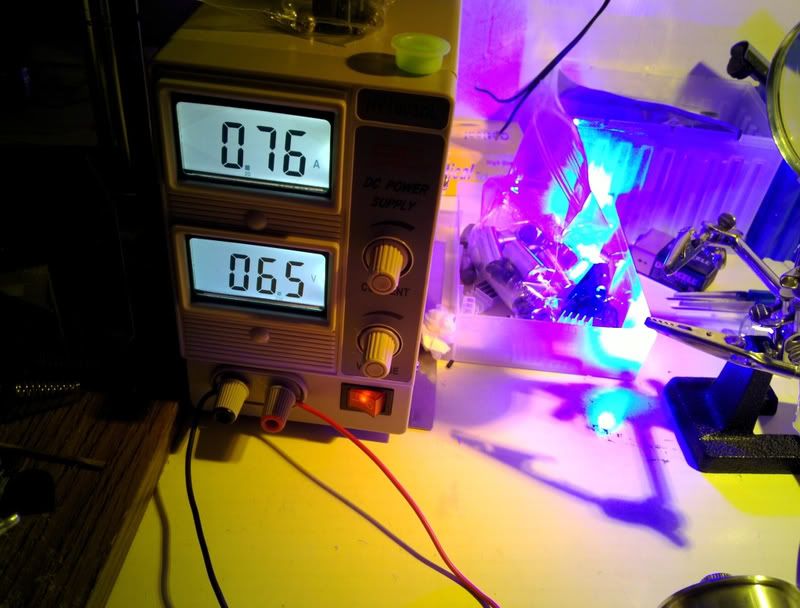
As you can see Vf of 405nm 12x diodes at around 300mA are above the max V that the driver can supply in Buck mode (will be even less in boost) according to flexdrives manual which is currently unaccessible
http://hacylon.case.edu/ebay/laser_diode/MicroFlexDrive_V5_manual.pdf
and this (flexdrives IC):
http://www.ti.com/lit/ds/symlink/tps63010.pdf
Last edited:




